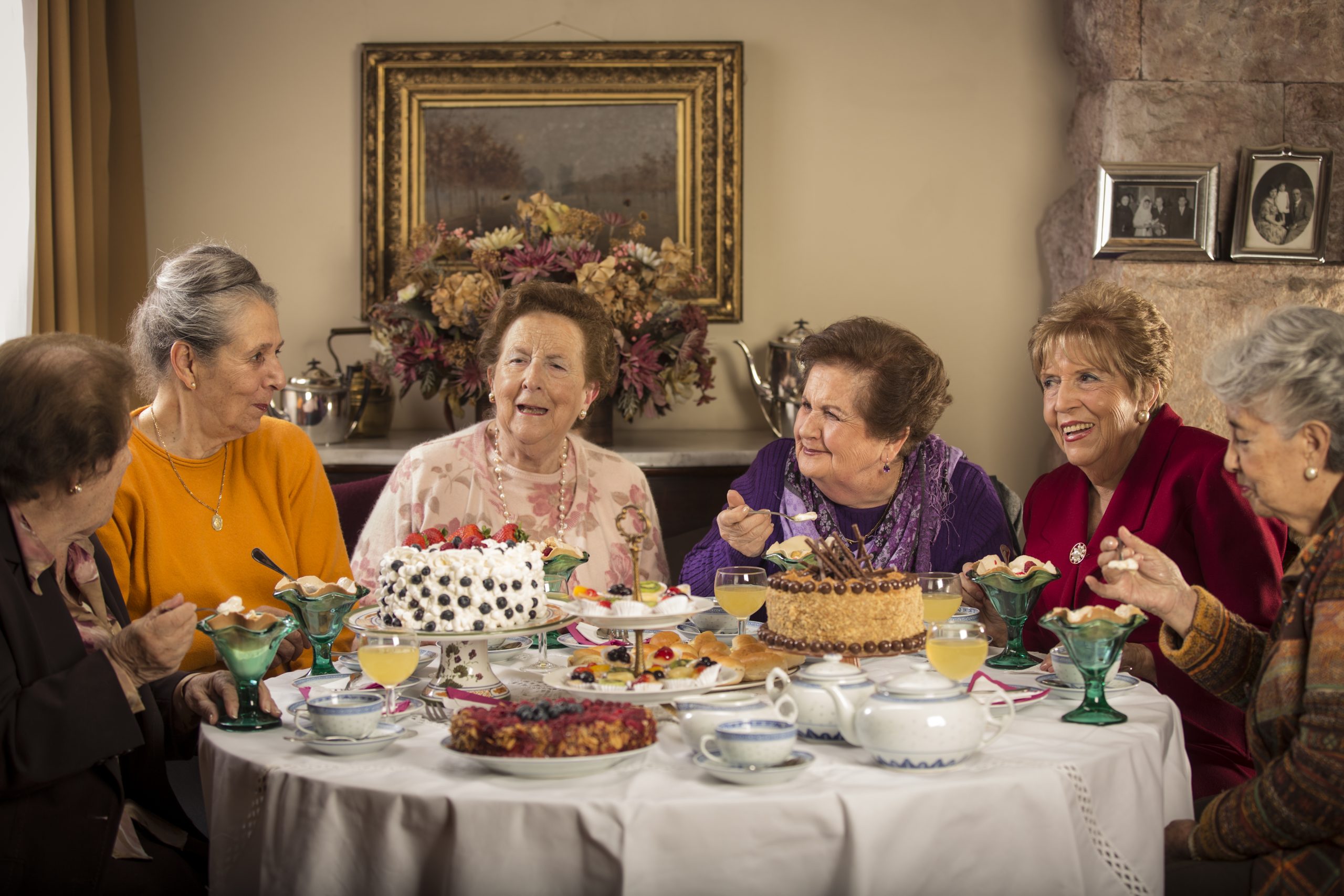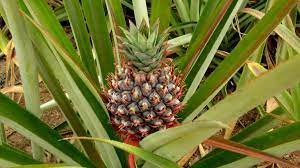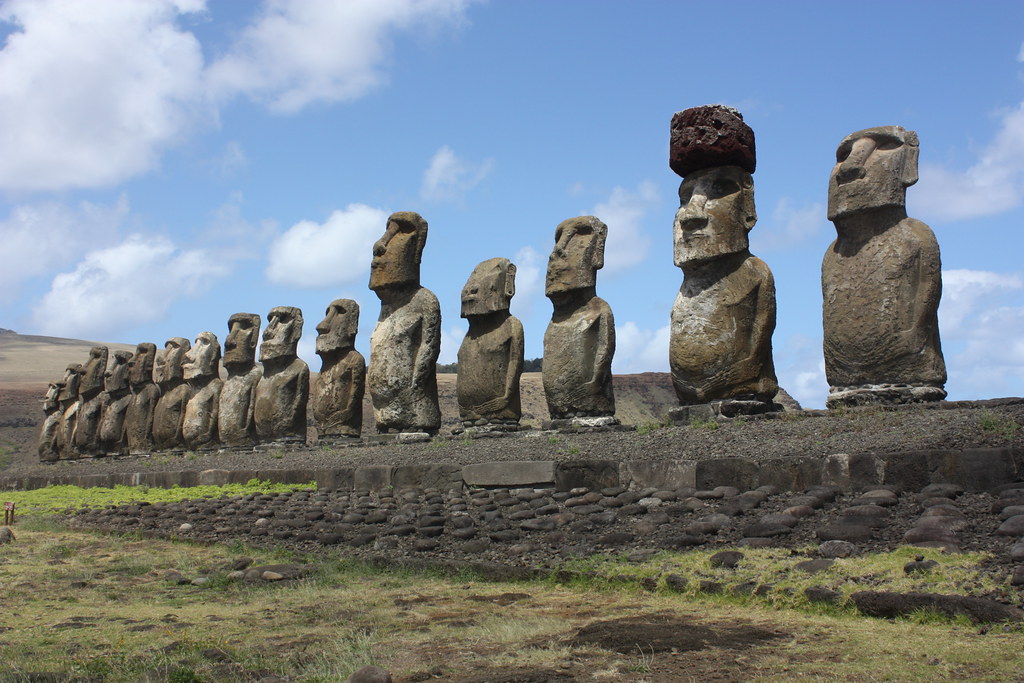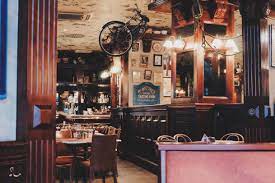I think the answer is, "Maybe?" South America is home to some of the most popular origins, such as Guatemala. Still, almost nobody has heard of Chilean coffee. It's obscure, but it's real if you search in the right place.
Chile experiences a few significant challenges that limit its coffee production, making the local specialty
Chile's Dominant Tea Culture
The British brought along their tea-drinking custom and shared it with the local Chileans.
The locals enjoyed the British idea of "afternoon tea" and have since adopted it into their lifestyle, naming the tea time "ones."
Chile is one of the known few countries that popularized tea in their culture.
In 1811, Port of Valparaíso began to allow free trade, which encouraged British traders' immigration to the city.

The coffee scene is relatively tiny. ICO states that an average of 750g of coffee is consumed per Chilean annually. It's a tiny number compared to other countries' consumption.
Did You Know? where the highest consumption of coffee is 12kg per person in Finland.
Plus, statistics show that 85% of the local coffee industry is dominated by Nestle (e.g., Nescafe instant coffee), followed by commodity coffee (12%), and finally specialty coffee (3%).
Growing Chilean coffee
On the globe, there is a band between the tropic of Cancer (Northern Tropic) and tropic of Capricorn (Southern Tropic). This band stretches across the world along the equator.
Areas located within this band are known to have a tropical climate, perfect for growing coffee; hence the band is called the "coffee belt." Examples of coffee origins that you can find under the belt are Ethiopia and Honduras.
Northern Chile sits within this belt, so its climate is suitable to grow coffee.
There is an island off the coast where wild coffee grows called Rapa Nui (or Easter Island, known for its monumental statues called moai), which is also within the belt.

However, Chile's landscape consists primarily of a long coastline. So, the country lacks the high elevations required to grow specialty-grade coffee on a large scale like its neighbors in South America, such as Brazil (the world's top coffee producer). Hence, Chile's green coffee yield is minimal.
Did You Know? The International Coffee Organization (ICO) recognizes Chile as a "non-exporting member."
Due to Chile's low green bean yield, large quantities of beans come from other countries.
At the same time, Chile export quantities too low to be recognized officially as a coffee producer.
Easter Island: The search for specialty coffees
In the 1800s, Dutch colonists arrived on Easter Island. They introduced the first coffee plant on the island in an attempt to grow coffee farms.
For reasons unknown, the colonists abandoned the farms. However, one or two plant species survived and continued to grow in the wilderness for a long time.
About 200 years later, in 2017, a team led by Bee Coffee Shop, Latin American Alliance Specialty Coffee Association (LATAM SCA), and AgroWine Lab is now searching for a way to produce specialty coffee beans on Easter Island.
If the project is successful, this may boost the Chilean coffee business (especially the specialty coffee industry) and place Chile on the coffee atlas.
Ultimately, the project aims to develop the Easter Island into a specialty coffee origin. Part of the plan is to cultivate one hectare of land as a pilot farm.
The team also plans to help the locals learn how to grow specialty-grade coffee and continually work together to improve farming practices.

"Specialty coffee requires farmers who know how to differentiate and how to alter conditions for quality. They need to learn to taste to be able to be at the same level as their buyers and thus be able to negotiate their prices fairly.
We have field experience in Perú, Ecuador, and Colombia," says Pamela Villablanca from LATAM SCA. Once the coffee beans achieve specialty-grade status, an acceptable sales price allows the profits to sustain the farm's operations, upgrade the infrastructure, and provide a secure income for the locals.
Researchers have begun studying the genetic makeup of the wild coffees on the island. Proper scientific research is essential in the next step to figure out a suitable farming method.
Science is crucial to maintaining the balance of the island's ecosystem while upholding the specialty coffee industry's responsibility to satisfy the growing market's demands sustainably.
Marketing strategies are also a work-in-progress. The team plans to advertise the island-grown coffee based on the existing international reputation of the country's agricultural products such as wine and salmon.
The plan is to pitch the beans as a quality, limited edition product since Chilean origin coffee is rare.
Meanwhile, AgroWine Lab is developing a strategy to search for investors who can financially aid the project's continuation.
According to Maximiliano Morales from AgroWine Lab, the team will also be collaborating with the public-private sector "to articulate a road map of the specialty coffee from Rapa Nui so all the aspects will be covered — genetic, farming, methods, roasting, branding, marketing, and sales perspective."
Cafe Chile: Traditional coffee shop culture
Many countries are home to coffee drinks unique to their tradition, such as Malaysia's kopi and Vietnam's egg-white coffee.
Hot or iced, any Chile cafe and coffee shop serves the daily Chile coffee staples, such as café instantaneous (made with Nescafe), cortado (espresso with a small serving of frothed milk), and café con leche (espresso with a larger serving of frothed milk than a cathode).

The rise of the specialty coffee scene
Thanks to the growing population of people who appreciate high-quality coffee beans, a boom in new specialty cafés and roasteries, especially prominent in the Santiago cafe scene, has emerged. Furthermore, it's impressive since Santiago lies just outside the coffee belt.
Many retirees in Santiago are micro-roasters, which roast beans in small batches. Some coffee shops also practice craft-roasting their coffee.
Because of Chile's low green coffee yield, most beans sourced for roasting are imported from other origins like Costa Rica and even as far as Indonesia.
Chile's relatively low coffee consumption in other countries makes it challenging to compete for the business's best beans. The distance to import the beans increases the cost, which adds to the expensive coffee sales in a specialty café.
A contributing factor to the significant growth of the coffee industry is passionate baristas. Alongside ensuring their customers drink a good cup of fresh brew every time, baristas love to share information about the coffees they serve in their café.
This outstanding customer service brings in more customers, driving in more customers to find the best café in the capital.
FINAL THOUGHTS
So if you're ever in Chile, be on the lookout for local cafés where you just might get to taste some Chilean coffee.
Without proper investment and interest in the region, however, it doesn't look like there will be any major coffee exports from Chile anytime soon.
